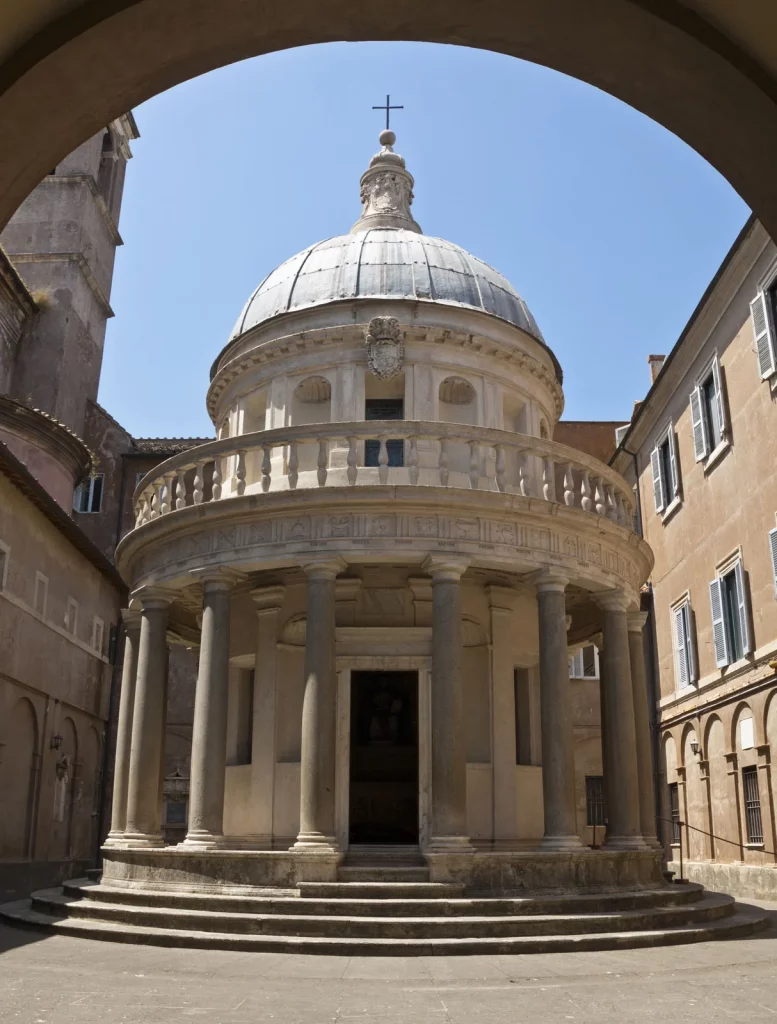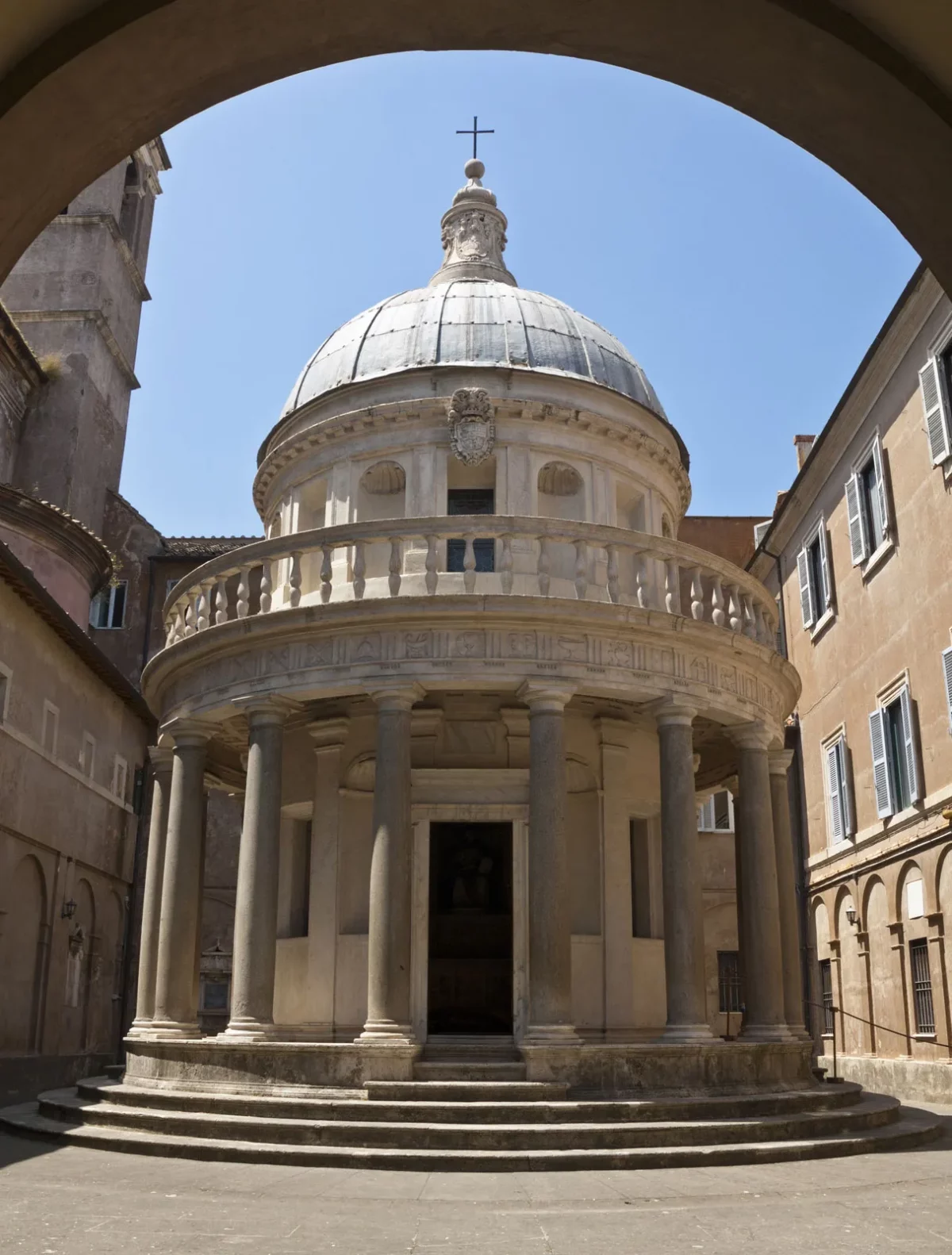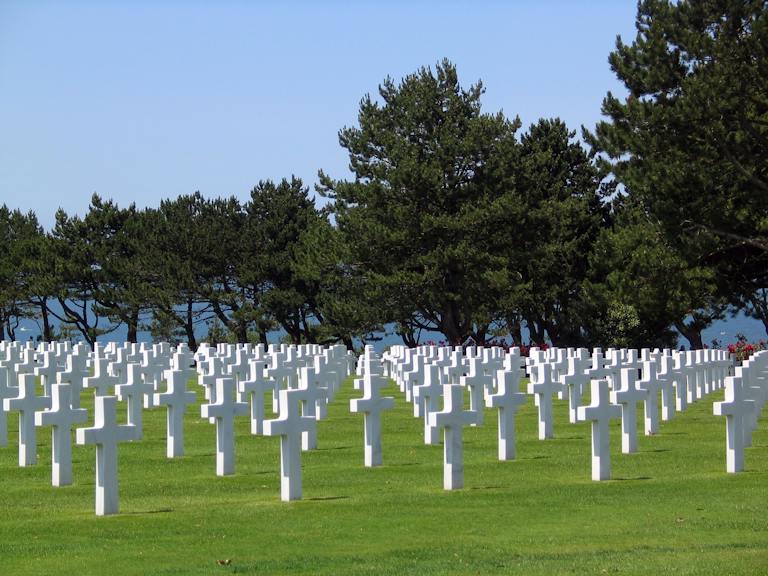What statement best describes the Catholic Church during the Renaissance?
The Renaissance, spanning roughly the 14th to 17th centuries, was a time of immense cultural, intellectual, and artistic development across Europe. During this period, the role and status of the Catholic Church—arguably the most powerful institution in medieval Europe—underwent substantive changes.
The Church Retains Much Power and Influence
The Catholic Church continued to wield tremendous religious, political, and social authority during the Renaissance. As the dominant Christian church in most of Europe, the Catholic Church had great spiritual influence over the daily lives of people across all levels of society. Religious doctrine and church teachings still played a central role in areas like education, family life, attitudes around morality, and perceptions of the afterlife.
Additionally, high-ranking members of the Catholic Church hierarchy formed close partnerships with monarchs and nobles. The Church owned vast tracts of land across Europe—around one-fifth of the land by some estimates—from which they drew great wealth via rents, tithes, and taxes. Such economic resources rendered the church a financial powerhouse with the funds to sponsor major works of art and architecture.
Furthermore, the Church’s intricate bureaucratic system, influence across Western Christendom, and control over the determination and interpretation of doctrine gave it immense organizational and ideological strength during this era.
During the Renaissance, the Catholic Church retained defining religious, political, economic, and institutional power over the everyday lives of European Christians.
Calls for Reform Spark Changes Within the Church
Yet, the Church also faced growing calls for reform and theological redefinition during the Renaissance from both internal and external critics. Movements like Christian Humanism and the Reformation challenged various Catholic teachings and practices. Christian humanists like Erasmus emphasized applying the methods of Renaissance humanism to reform Catholic doctrine and educate a new generation of morally upright Christian leaders.
Key reformers like Martin Luther, John Calvin, and Henry VIII went further by openly breaking from Catholic authority. Their bold, public critiques of alleged church corruption and theological errors sparked the wider Protestant Reformation Movement.
Despite retaining its power, growing reform movements like Christian Humanism and the Protestant Reformation directly challenged and sought to transform different aspects of the Catholic Church during the Renaissance period.
Corruption and Political Conflicts Plague parts of the Church
While historians debate the accuracy of some criticisms launched against the Renaissance Church, ample evidence shows real and perceived cases of corruption did mark parts of the clergy and hierarchy.
Nepotism Among Leadership
Charges of rampant nepotism (patronage based on familial ties) appeared in the Renaissance Papacy. Pope Alexander VI (1492-1503) worked to advance the political careers of his children, most notoriously his son Cesare Borgia. Such brazen mixing of family interests with those of the church undermined faith in aspects of the clergy.
Questionable Financial Practices
Critics like Erasmus and Luther accused members of the clergy of caring more about earthly pleasures and material gain than spirituality. Practices like absenteeism – church leaders collecting multiple salaries from bishoprics they rarely visited—suggest how Church funds did not always serve pastoral needs.
The selling of “indulgences” – remissions of punishments for sins given in exchange for donations – also sparked backlash. Reformers saw indulgences as spiritually hollow schemes to raise funds for pet projects, like elaborate church buildings.
Cases of nepotism, absenteeism, and questionable fundraising practices contributed to perceptions of avarice and corruption that eroded faith in some Renaissance-era Church institutions and leaders.

Artistic Patronage Shapes New Religious Art and Architecture
But even amid calls for reform, the immense wealth and power retained by parts of the Catholic Church found colorful expression in lavish artistic projects commissioned during the Renaissance period.
As the Renaissance spirit of humanism, classicism, and naturalism took hold, the Church drew on its vast financial resources to sponsor works showcasing these new stylistic ideals rather than solely religious themes. Established Italian families like the Medici curried favor with the Church through generous patronage. Pope Julius II, for example, commissioned the painting of the Sistine Chapel ceiling from Michelangelo between 1508 and 1512 – one of the most iconic artworks of the Renaissance.
Such patronage allowed prominent ecclesial leaders to enhance their status as worldly princes with exquisite taste. But critics argued lavish spending on art and architecture showed misplaced priorities as calls for internal reform went unheeded.
While parts of the clergy faced accusations of corruption, the Church’s immense wealth simultaneously financed many iconic art and architectural achievements associated with the Renaissance through generous artistic patronage.
Splintering Within the Church
As calls for change mounted, differences between reformers ultimately splintered the Western Christian Church into new denominations as groups separated to practice their distinct interpretations of the faith.
In German states and Scandinavia, Lutheranism took hold among those breaking from the Pope and Catholic hierarchy. John Calvin’s teachings enthralled dissidents in Switzerland, the Low Countries, and pockets of France. Anglicanism arose from Henry VIII’s dramatic rejection of papal authority to annul a marriage.
As Protestant groups proliferated, Europe faced extended periods of intense religious conflicts and warfare as Catholic and Protestant rulers vied for political influence. Such enduring theological and political fractures undercut universal claims to spiritual – if not temporal – authority once held so firmly by the Catholic Church in medieval Europe.
The Church faced mounting internal disagreements around doctrine and calls for reform which ultimately splintered Western Christianity through the emergence and spread of new Protestant denominations.
Conclusion: A Complex Legacy
The role of the Catholic Church during the Renaissance resists one-dimensional characterizations. Despite concerted challenges, the Church maintained enormous religious, political, economic, institutional, and artistic influence through much of the period even as the spiritual legitimacy of aspects of its leadership and practices faced scrutiny. Patronage from powerful Church officials financed celebrated artworks that shape perceptions of Renaissance culture to this day.
Yet growing criticisms highlighting clerical corruption and calls for doctrinal reforms reflected wavering confidence in elements of Church leadership and teaching. As reformist momentum drove splits within Western Christianity, newly established Protestant groups competed for spiritual and political influence across Europe – conflicts that dominated the continent for over a century following the Renaissance period.
In many ways, the multifaceted nature of the Church across an era marked by simultaneous vibrancy and turmoil mirrors the creative, tumultuous spirit of the Renaissance period more broadly.







